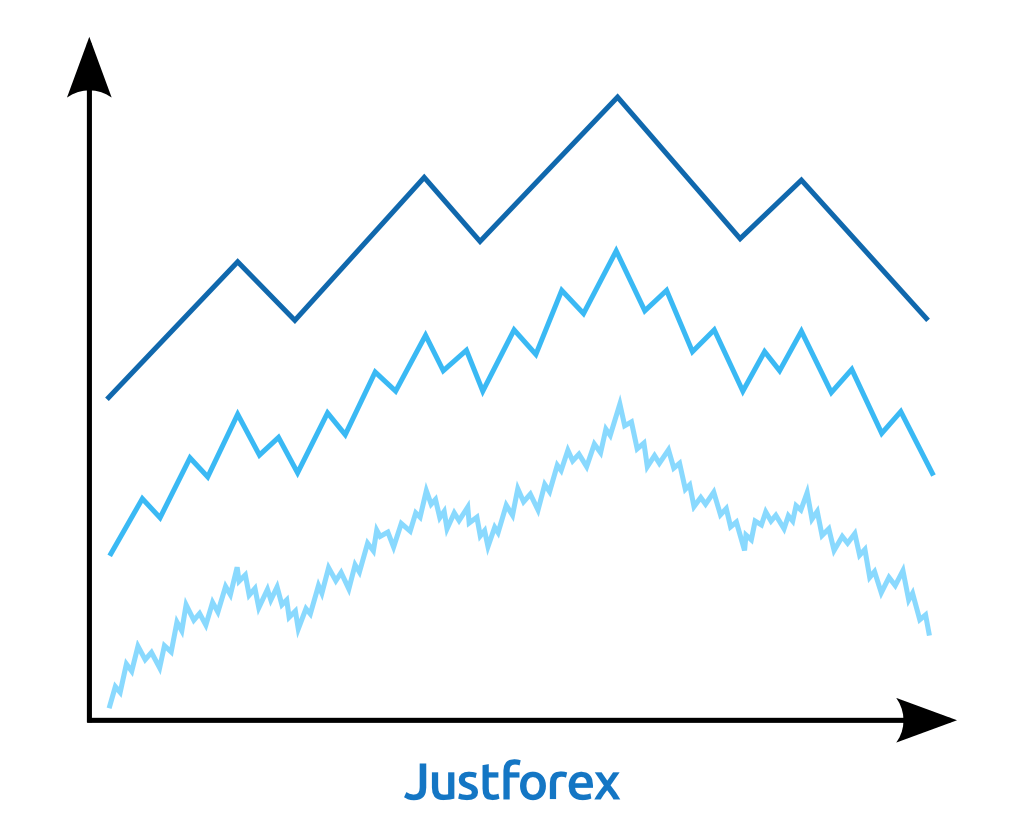The origin of the wave analysis theory
We will discuss in this article one of the most popular technical analysis methods for traders-volatility analysis. Let us understand in detail the basis and development of this method.
The main elements of Elliott Wave Theory are the geometric shapes and arithmetic operations of the Fibonacci sequence.
Trade with Elliott Wave Theory
The history of Elliott Wave Theory
Volatility analysis was created by the world-renowned writer and analyst Ralph Nelson Elliott (1871-1948). He is also the author of a series of articles and the best-selling book “The Laws of Nature-Secrets of the Universe” published in 1946.
According to Elliott, the price change chart of market instruments has a volatile structure. The form of price volatility is nothing more than a chart showing the changes in the mood of the crowd (market participants). A person is often driven by emotions, especially when he is a trader. And quite strong emotions will be revealed in human financial activities involving the possibility of loss and profit. Transactions in the commodity and stock markets also fall into this category. Later, starting from the late 1970s, the foreign exchange market was also included.
When trading, human emotions gradually change from optimism to pessimism, from believing in the future to disappointment, from happy mood to panic. Sometimes, market participants are even controlled by emotions such as greed, which is the reason for unexpected fluctuations in the prices of trading instruments on the market. These changes are like waves on a price fluctuation chart. According to Elliott, there are only a limited number of wave models (modes). He paid particular attention to the Fibonacci sequence .
List of MT4 & MT5 Technical Indicators and How they work
Basics of Wave Analysis
The main elements of Elliott Wave Theory are the geometric shapes and arithmetic operations of the Fibonacci sequence. According to his theory, there is a certain clear logic in the rotation of the waves, which can be used to predict future changes in crowd emotions, especially price changes. The leading role in the structure of price changes will bring about five driving waves and three correcting waves.
Today, wave theory cannot be called a science, but it will strive to reach this level.
Another feature of waves and wave patterns is their ability to form huge price fluctuations and use a set of similar simple wave sets to create larger wave models. This feature reflects the local nature of waves. Therefore, in half a century, Eliot almost completed the prediction of the basis of modern science on natural processes based on the principle of locality. Using this science, it is possible to make a definite and clear description of the composition of the chart model, that is, the repeated waves in the market.

Elliott himself and his followers named and elaborated on these models, and explained the relationship between them. This phenomenon was called “wave theory” by him . Today, wave theory cannot be called a science, but it will strive to reach this level. In the near future, Elliott’s wave theory is likely to become a complete science.
At the same time, a wrong view is that Elliott’s wave theory can only be used in the analysis of market and trading instrument price fluctuations. This kind of thinking severely limits the value and prospects of the theory. Elliott believes that human activities and market activities are just one aspect. In addition, some problems in applying Elliott’s theory are caused by a large number of synonymous terms. The appearance of these clauses is caused by the translation of the works of Elliott and his followers by different people in different periods. This is why there have been many criticisms of this theory.
Let us hope that all these problems will be solved, and Eliot’s theory will be widely accepted by more traders.
Trade with Elliott Wave Theory
Please click "Introduction of JustForex", if you want to know the details and the company information of JustForex.



